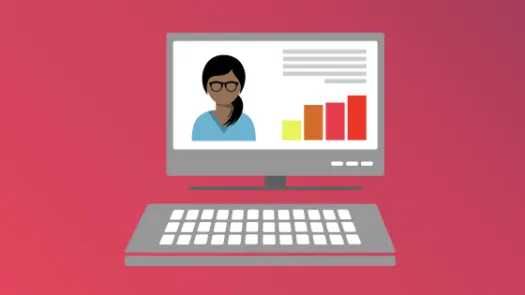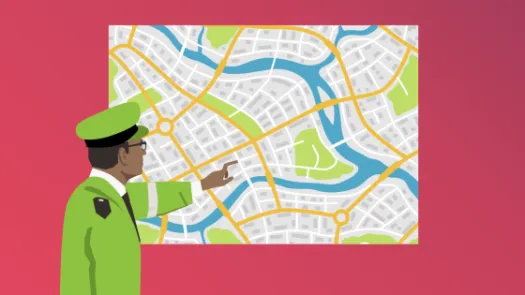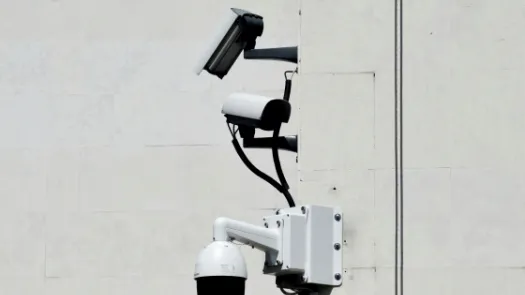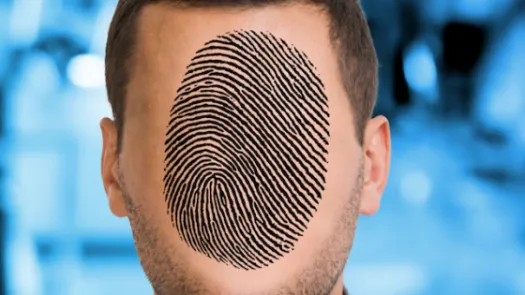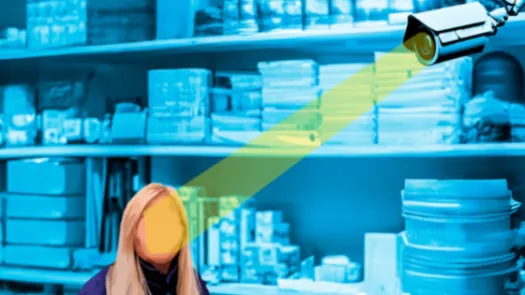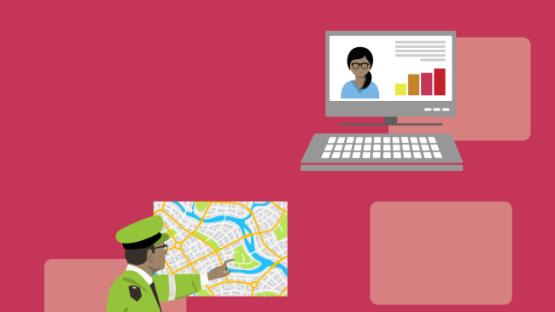
A guide to policing databases and predictive policing tools
Long Read
Post date
29th June 2021

As well as surveillance of your face and body, and surveillance of your phone, police forces also build databases and data sets that can enable them to monitor, track and identify people at protests.
Details of people stored in these databases and data sets can be used as watchlists at protests. The police might also use facial recognition technology, IMSI catchers or geo-location technology to identify protesters and add them to these databases or watchlists.
Our campaign
